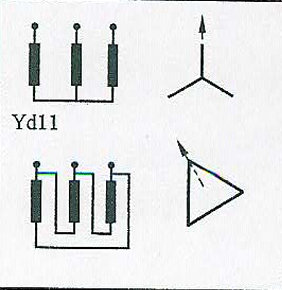Delta-Star Connections: Bridging High and Low Voltage Applications

Delta-Star (or Delta-Wye) transformers are pivotal in bridging the gap between high and low voltage applications within electrical systems. This configuration employs a combination of both Delta and Star (Wye) connections, enabling it to efficiently manage voltage transformation across diverse environments. This article will focus on the advantages and specific applications of Delta-Star transformers in electrical engineering.
To get a quote, please click here.
Advantages and Applications
Delta-Star transformers are uniquely suited for scenarios where both high voltage input and lower voltage output are required. In the Delta configuration on the primary side, the transformer can handle higher voltages and currents, making it ideal for long-distance transmission and reducing power losses that occur over extensive networks. This setup also provides robust phase balancing, which is crucial for the stability of the power system.
On the secondary side, the Star (Wye) configuration offers a neutral connection point, which is essential for multiple phase applications and enhances safety by providing a ground reference. This arrangement is particularly beneficial in distributing power to residential and commercial buildings, where consistent and stable voltage is necessary for the safe operation of electrical appliances and equipment.
Delta-Star transformers are therefore extensively used in industries and utility grids to adapt the high-voltage supply from power stations for everyday use. They ensure that electrical power is not only efficiently transmitted over vast distances but also safely distributed within consumer environments, catering to a wide range of voltage and current requirements.

